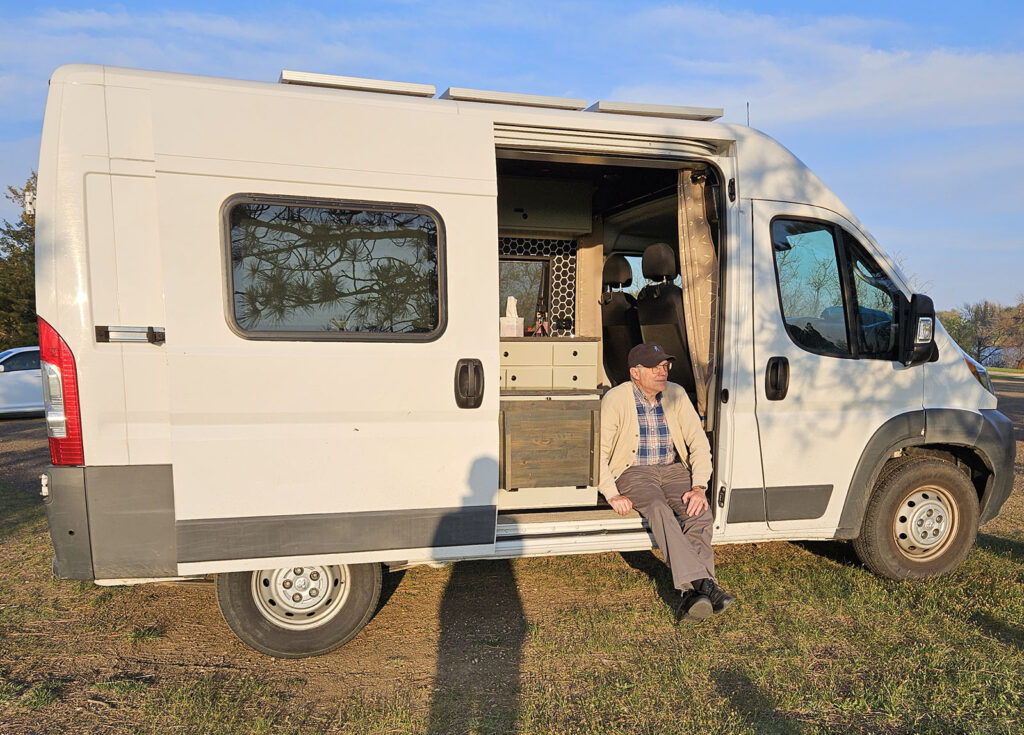As promised in my last post, I am going to tell another true story, one that considers how narrative can sometime bias observation, and how we have to apply reason even when we think we have observations!
Again, I first published this story as a Tweet Storm back in 2021.
Narrative is a big part of how we humans experience various claims for truth. But narrative in itself should not be confused with evidence.
My mom and brother recently (at the time of my original posting) made the claim that, with all the competing narratives alive in social media and news commentaries, it’s not possible to know what’s true.
As I scientist, I had to believe that to be nonsense! Of course we can figure out what is true.
I would argue that competing narratives are just background noise in finding the truth—real truth is based on observation and reason, not narrative.
But all narratives claim to be based on ‘evidence’—so how can you tell the false from the true?
One way is to ask if the narrative and its supposed evidence make sense and match other observations.
When I was a graduate student doing research at the Johnson Space Center (now long ago!), McDonald’s came out with its famed “McRib” sandwich.
One of my colleagues who didn’t like McDonalds had heard an anti-McDonalds narrative making the rounds and told me that “this crazy sandwich has the rib bone still in it!”
I shook my head in disbelief. “No one would eat a sandwich with the bone still in it!” I said.
He was not deterred by my theoretical reasoning. “I know it has the bone in it,” he said, “because I’ve seen the sandwich, and I could see the bone!”
Whoa! He saw the bone! That’s evidence right? Even proof!
I was a budding scientist and certainly wanted to follow the evidence. But did he really see a bone?
My understanding of human sandwich eating, based upon years of observations and personal experience, as well as my understanding of any reasonable business model for McDonalds, suggested not.
“That’s nonsense,” I said. “There is no way that McDonalds would come out with a bone-in sandwich.”
He was quite annoyed with me for ignoring his direct observation in favor of my theoretical reasoning.
But, of course, later investigation proved me right—there was no bone in the McRib sandwich, as reason had suggested there wouldn’t be.
Had the public narrative blinded him to seeing correctly, causing him to mistake the rib-like forming of the meat for actual ribs?
Had he failed to examine the sandwich more carefully because he wanted to believe the narrative that criticized the McDonalds he hated?
I won’t ever know the answer to those questions, but certainly the narrative ran away with his reason in that instance.
We scientists need to be careful that our narratives don’t run away with us. Recognizing the difference between theory and evidence is an important challenge!
Narrative is a fine way begin to organize understanding of the world around us. But remember, narrative is not evidence, and can bias observation!— POTR
***
The moral to the story is this: One observation alone is not enough to see through the fog of fake news. We must apply reasoning as well, along with other experiences and observations that we can bring to bear on a question.
I’ve tried to avoid a deep dive into the philosophical side of critical thinking, or offer specific examples of bad reasoning. Telling people that their reasoning is bad doesn’t move any needles. My goal is simply to encourage good thinking, as a good educator should do, and to avoid being overly-academic in talking about critical thinking.
There are, indeed, a number of famous critical thinking stumbling blocks to consider in identifying fake news. For example, this past week, I encountered a very interesting analysis of correlation vs causation in the Minnesota Master Gardener course that I am taking. Maybe I’ll talk about that one of these days!
For now, my parting message is this: Only you can judge or adjust your own thinking. Try it out! I do it all the time!
